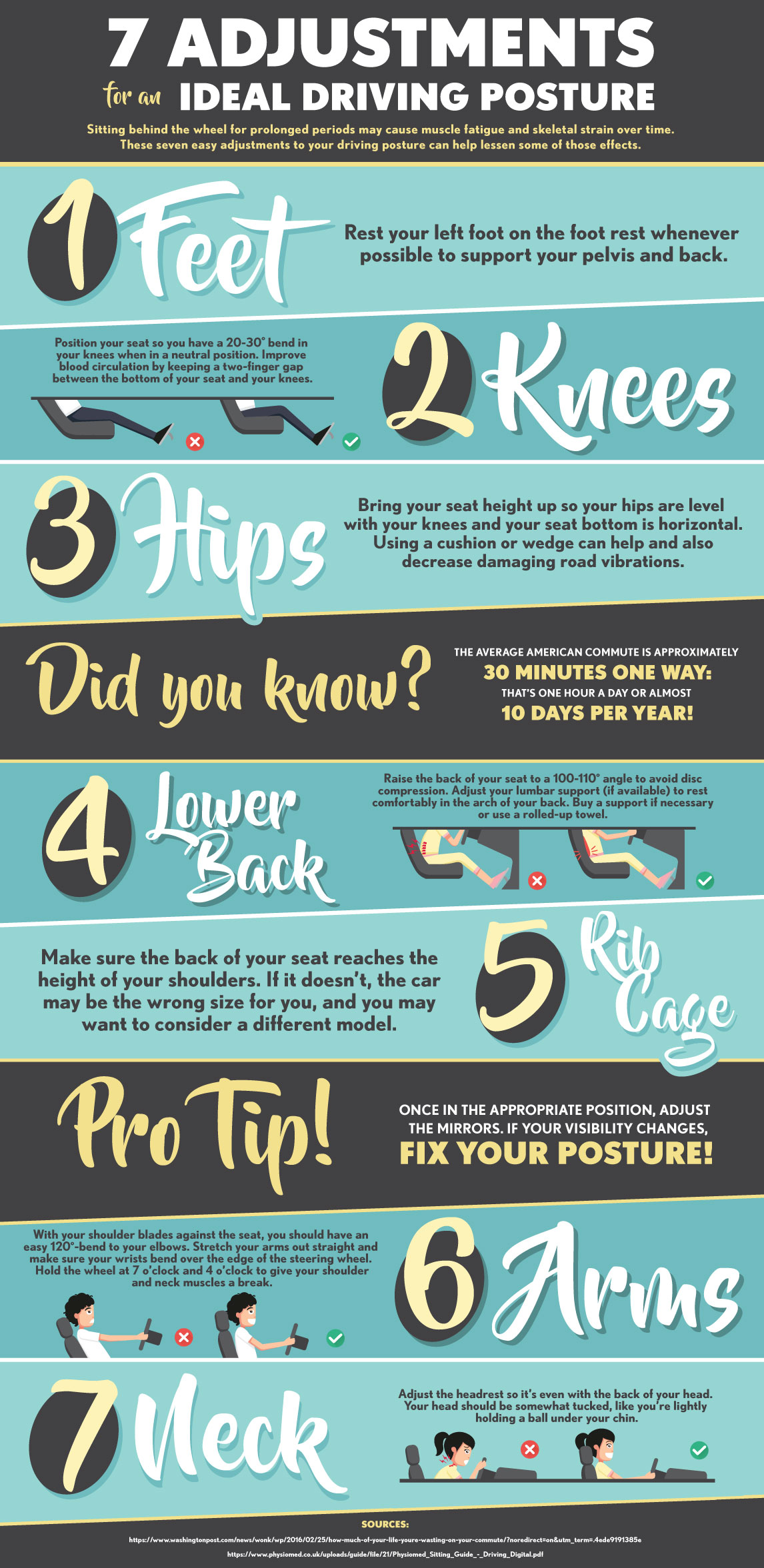The Connection In Between Pose And Back Pain: Techniques For Maintaining Appropriate Alignment Throughout The Day
The Connection In Between Pose And Back Pain: Techniques For Maintaining Appropriate Alignment Throughout The Day
Blog Article
Web Content Create By-Fletcher Ritchie
Maintaining correct posture isn't nearly staying up right; it has to do with straightening your body in such a way that supports your back and lowers the danger of back pain. The means you sit, stand, and move throughout the day can considerably influence your spine health. But how precisely can you guarantee good alignment regularly, also during active days loaded with numerous activities? Let's dive deeper right into the subtle yet impactful changes you can make to your day-to-day routine to keep your back happy and healthy.
Relevance of Proper Stance
Appropriate pose is crucial in maintaining a healthy and balanced back and avoiding discomfort. When you sit or stand with great pose, your spinal column remains in alignment, lowering pressure on your muscle mass, ligaments, and joints. This placement allows the body to disperse weight equally, stopping too much tension on particular locations that can result in pain and pain. By maintaining your spine properly aligned, you can also enhance your breathing and food digestion, as slouching can compress body organs and limit their performance.
Furthermore, maintaining great posture can enhance your overall look and positive self-image. When you stand tall with your shoulders back and head held high, you exude self-confidence and show up more approachable. Great pose can additionally make you feel a lot more energized and alert, as it advertises proper blood circulation and enables your muscles to work effectively.
Incorporating proper posture into your day-to-day regimen, whether resting at a desk, walking, or exercising, is vital for avoiding pain in the back and advertising total well-being. Remember, a small modification in how you hold yourself can make a substantial distinction in how you really feel and operate throughout the day.
Common Postural Mistakes
When it concerns maintaining good pose, many people unconsciously make typical mistakes that can contribute to pain in the back and discomfort. One of the most common errors is slouching or hunching over while resting or standing. This position places too much strain on the spine and can bring about muscle mass inequalities and discomfort in the future.
https://professionalchiropracticc51739.snack-blog.com/30610435/analyzing-the-impact-of-chiropractic-care-on-athletic-performance-outcomes is overarching the reduced back, which can squash the all-natural contour of the spinal column and trigger pain. Additionally, crossing legs while sitting may feel comfy, but it can develop an inequality in the hips and hips, bring about postural issues.
Making use of a pillow that's too soft or too solid while sleeping can likewise affect your positioning and contribute to pain in the back. Last but not least, regularly craning your neck to take a look at screens or readjusting your position regularly can strain the neck and shoulders. Being mindful of these usual postural blunders can assist you keep far better positioning and decrease the danger of pain in the back.
Tips for Correcting Positioning
To boost your positioning and decrease neck and back pain, it's vital to concentrate on making small adjustments throughout your day-to-day regimen. Begin by being mindful of your stance. When sitting, ensure your feet are flat on the flooring, your back is straight, and your shoulders are relaxed. Avoid slouching or leaning to one side. Usage functional medicine doctors /austin tx or paddings to sustain your reduced back.
When standing, distribute your weight evenly on both feet, keep your knees a little curved, and tuck in your hips. Engage https://www.medicalnewstoday.com/articles/nerve-flossing to support your spine. Take breaks to extend and walk around if you have a less active task. Incorporate exercises that enhance your core and back muscular tissues, such as planks or bridges.
While resting, utilize a pillow that sustains the all-natural curve of your neck to preserve appropriate spinal placement. Stay clear of sleeping on your stomach, as it can stress your neck and back. By being mindful of these pointers and making small modifications, you can slowly correct your alignment and alleviate neck and back pain.
Conclusion
Keep in mind, preserving good position is vital to stop back pain and advertising spinal health and wellness. By bearing in mind your alignment, distributing weight evenly, and involving your core muscles, you can lower strain on your back and lessen the risk of pain and injury. Incorporate ergonomic support, take routine breaks to extend, and reinforce your core and back muscular tissues to maintain appropriate positioning throughout the day. Your back will certainly thank you for it!
